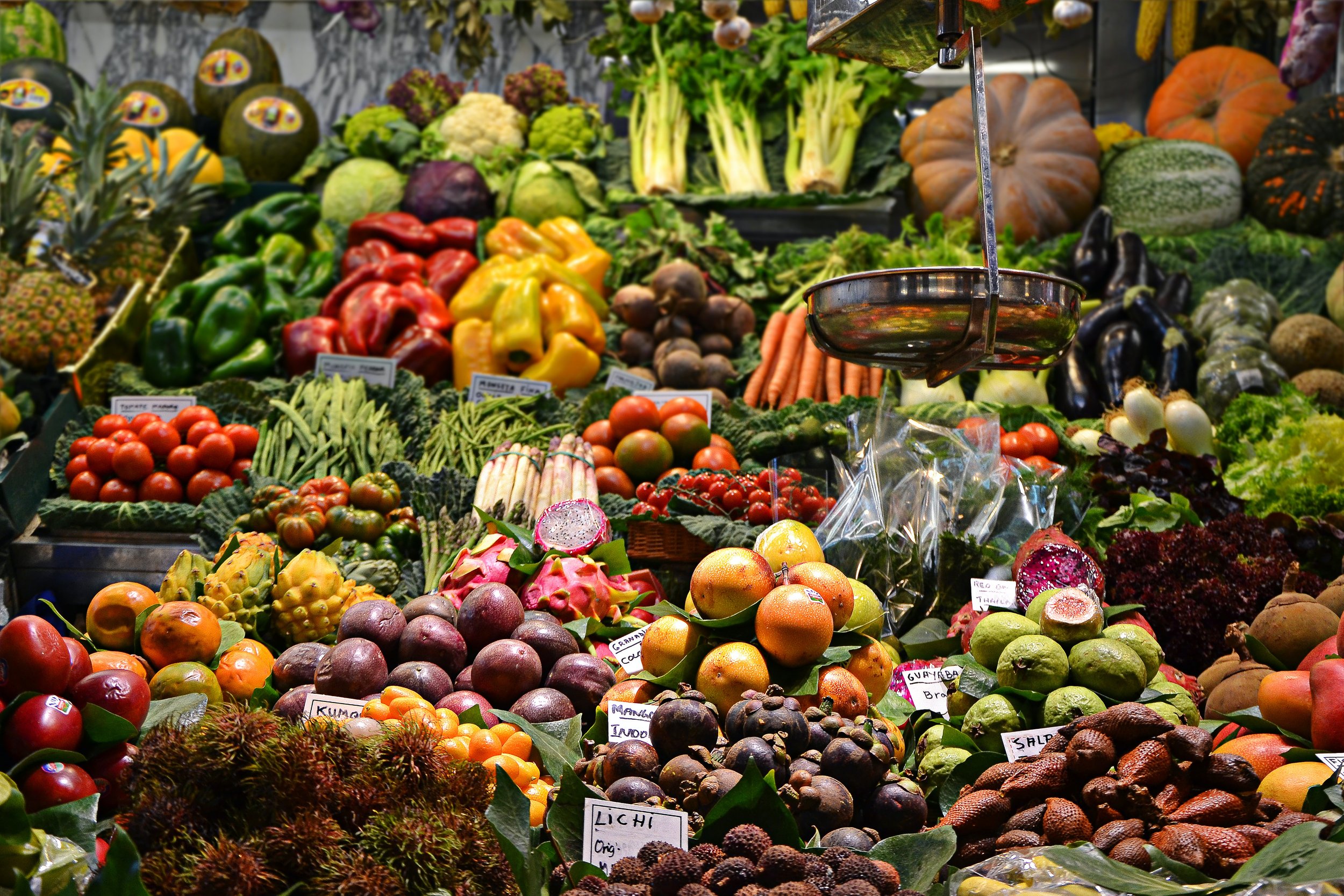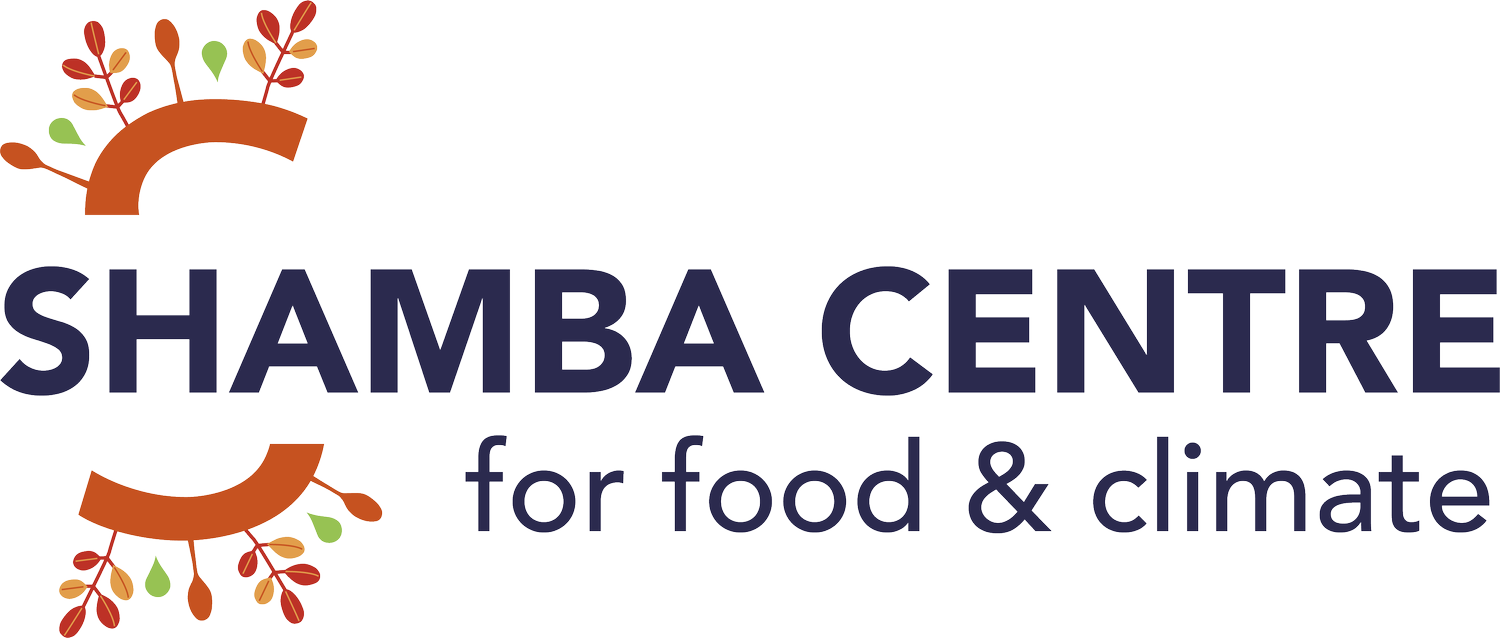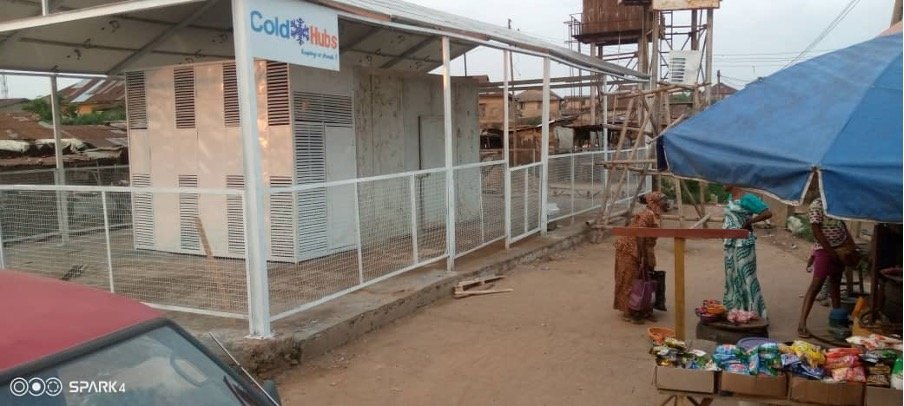
How Can Donors Disrupt the Food System?
3 Takeaways to Make a Difference in Ethiopia, Malawi, & Nigeria
By Mali Eber Rose, Francine Picard Mukazi, and Carin Smaller, March 2023.
It is possible to eradicate hunger, malnutrition, poverty, and heavily polluting agricultural practices in Ethiopia, Malawi, and Nigeria by 2030. A series of recent reports published by IFPRI and IISD that we co-authored highlight that a food system transformation in these three countries can be achieved by increasing public investment by an average of USD 10 billion per year between 2023 and 2030, and by implementing more effective interventions.
We would like to highlight three key shifts in government and donor spending that can break the status quo and maximize benefits for people, health, and the environment:
Scaling up efforts to reduce greenhouse gas emissions in the livestock sector.
Investing in strategies to minimize waste through improved food storage and handling.
Utilizing the growing pool of emergency food assistance for long-term gains.
The potential impact of this transformation cannot be overstated. By investing an additional USD 10 billion per year, hunger in all three countries will decrease to under 3% by 2030 (from a current projection of 22% in Ethiopia, 25% in Malawi, and 21% in Nigeria by 2030). This investment will also lead to healthier diets for 248 million people, or roughly 60% of the population in each country (108 million people in Ethiopia, 14 million people in Malawi, and 126 million people in Nigeria). Additionally, the incomes of 29 million small-scale producers will double on average in 2030 compared to 2015 levels. And importantly these gains will be achieved while limiting greenhouse gas (GHG) emissions to Paris climate goals, and increasing the resilience of small-scale producers to climate change (see Figure 1).
Figure 1. Impact of an additional USD 10 billion per year on hunger, diets, poverty and climate
1. Reduce greenhouse gas emissions in the livestock sector
The livestock sector is the biggest contributor to greenhouse gas emissions in all three countries (see Figure 2). And yet over 90% of people in Ethiopia, Malawi and Nigeria cannot afford a healthy diet, which means they are deprived of essential vitamins and nutrients required for a healthy life. Calcium and B12 are two essential ingredients for a healthy diet that are most efficiently absorbed through animal-source foods, like meat and dairy. In countries like Ethiopia, Malawi and Nigeria where other routes to increase calcium and B12 absorption are not widely available, animal-source foods are therefore critical to ensuring a healthy diet. This creates an inherent tension that needs to be resolved. One solution is environmentally sustainable intensification of the livestock sector. And yet in the studied countries we found very few government or donor-funded projects that invest in sustainable livestock intensification. To change this, donors and governments need to move from words to action and invest in improved breeding practices for all livestock, improve feed and manure management, and shift to small ruminants, such as chickens and goats, over large ones, such as cattle.
Note: Scenario without the NDC. Source: Bizikova, et al., 2023
Figure 2. Agricultural and land-use greenhouse gas emissions in Ethiopia, Malawi, and Nigeria (domestic emissions only).
There are huge productivity gains to be achieved in all three countries. As Figure 3 below shows, all three countries have low productivity levels in both the plant and livestock sectors compared to European and African averages. Milk productivity is nearly 14 times lower than the European average. Ethiopia, Malawi, and Nigeria are not unique in this. Low livestock productivity is a common issue in low-and-middle income countries and undermines the ability of the sector to support better nutrition.
Figure 3. Livestock Productivity of Bovine Animals in Ethiopia, Malawi, and Nigeria
2. Prevent waste through better food storage and handling
Slashing food losses and waste are one of the big gamer changers in ending hunger, improving diets, and reducing GHG emissions (see Ceres2030; von Braun, J.). And yet, we found that food loss and waste is a growing problem in all three countries, in flagrant disregard of SDG12 on responsible production and consumption. Figure 4 below shows the extent of the problem, illustrating the significant levels of food loss and waste in Ethiopia, Malawi, and Nigeria compared to other low-and-middle income countries and the average of high-income countries. This is largely a result of poor storage and handling infrastructure, particularly cold storage for perishables like fruits and vegetables.
Figure 4. Food Loss and Waste in Ethiopia, Malawi, and Nigeria
Governments and donors could achieve a triple win by increasing spending on efforts to reduce food loss and waste, particularly for perishable foods. Our research shows that investments should focus on household education about food waste and safe food storage methods, and on infrastructure development, especially along the value chain. Not only would these investments contribute to better nutrition and less hunger, but they would also mitigate the need for increased agricultural production and have substantial climate change mitigation and adaptation benefits. One example of a potentially game-changing solution is Cold Hubs, a Nigerian start-up which builds walk-in, solar-powered cold stations which can increase the shelf life of perishable foods up to 21 days. Cold Hubs requires USD 5 million investment to build cold storage units in marketplaces all over Nigeria. Investment in such solutions needs to be quickly ramped up if the global targets on reducing food loss and waste are going to be achieved in the next decade.
Figure 5. Example of Cold-Hubs cold station in Nigeria
3. Leverage the growing pool of emergency food assistance for long-term gains
Emergency food assistance budgets have grown over 50% in the past 5 years as donors respond to the multiple shocks to food prices, availability, and access. But the aid budgets for long-term agricultural development and food security have stagnated and are severely underfunded (See Figure 6). Nigeria’s emergency food assistance is currently USD 346 million, for example, while support to its long-term development is only USD 114 million. The current underfunding of the development agenda leaves populations vulnerable to future shocks and crises, pushing hunger and poverty numbers higher. Ultimately, this vulnerability leads to an increased need for future emergency food assistance.
But donors can disrupt this vicious cycle. By leveraging emergency food assistance to contribute to the longer-term food systems agenda, donors can build resilience amongst vulnerable populations. For example, through transfers and household security programs over five years, the Productive Safety Net Programme (PSNP) in Ethiopia has reduced the hungry season in recipient households by one-third (see Ceres2030; Berhane et al., 2014). Building up resilience would reduce both the current levels of hunger and poverty and the longer-term requirement for emergency food assistance. Given the increasing number of recent crises, such as COVID-19, the Ukraine War, and the natural disasters in Turkey and Syria, creating these synergies between emergency assistance and longer-term resilience should be a priority for donors.
Figure 6. Recent Evolution of ODA spendings on food security, comparing the long-term development agenda to emergence food assistance
To take this work further, together with the Food and Agriculture Organisation of the United Nations (FAO), the Global Alliance for Improved Nutrition (GAIN), and the International Food Policy Research Institute (IFPRI), we are planning another seven deep dives in Bangladesh, Cambodia, Democratic Republic of Congo (DRC), Madagascar, Pakistan, Tanzania, and Zambia. This work will contribute to further global efforts to build a body of evidence on the most effective ways and costs for achieving sustainable food systems transformation to achieve zero hunger.



